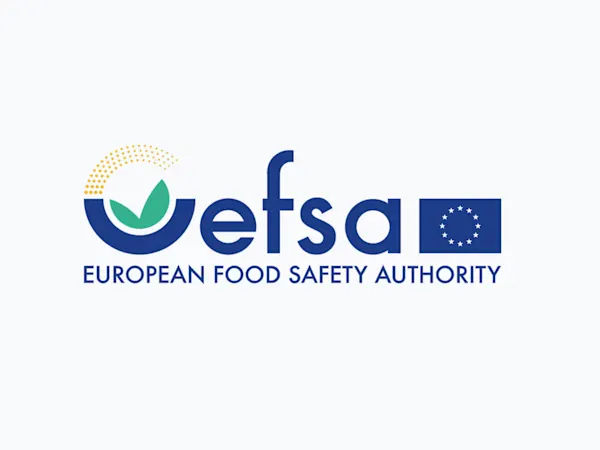
EFSA Seeks Feedback on Overhaul of Weight of Evidence and Biological Relevance Guidance
EFSA launches consultation on updating its Weight of Evidence and Biological Relevance guidance, aiming to streamline chemical risk assessment practices.


The European Union has taken a significant step to safeguard workers from the dangers of asbestos exposure. The new Directive (EU) 2023/2668, amending the previous Directive 2009/148/EC, was adopted on 22 November 2023, focusing on enhancing the safety and health of workers handling asbestos in various sectors.
Stricter Exposure Limits: The Directive introduces revised occupational exposure limit values, reflecting the latest scientific evidence. By 2029, employers must ensure that no worker is exposed to airborne asbestos concentration exceeding 0.002 fibres per cm3, a substantial reduction from previous limits.
Enhanced Worker Training: Mandatory training for workers exposed to asbestos is now more comprehensive. It includes theoretical and practical elements about safe working practices, emergency procedures, and the use of protective equipment.
Targeted Measures for Demolition and Renovation Works: Given the prevalence of asbestos in older buildings, the Directive prioritises asbestos removal over encapsulation in renovation and demolition projects, ensuring higher safety standards during these high-risk activities.
Gender-Specific Considerations: Acknowledging that women may have different exposure risks, particularly concerning secondary exposure, the Directive highlights the need for gender-specific approaches in monitoring and treating asbestos-related diseases.
Advanced Measurement Methods: The introduction of electron microscopy for fibre counting promises more accurate asbestos measurements in the workplace, enhancing worker protection.
Employers must adapt to these new requirements by implementing stricter safety measures and ensuring all workers receive adequate training. The shift demands an investment in advanced measurement technologies and updated health surveillance protocols.
For workers, especially those in construction, renovation, and waste management, the Directive brings a heightened level of protection, reducing the risk of asbestos-related diseases. This change is particularly crucial given the long latency period of these diseases.
Member States are required to transpose these provisions into national law by December 2025, with specific technical requirements to be adopted by 2029. The EU also plans to provide technical support and information on funding, especially aiding small and medium-sized enterprises in complying with these new regulations.
Directive (EU) 2023/2668 represents a significant advancement in the EU's commitment to worker health and safety. By setting more stringent exposure limits and strengthening preventive measures, the Directive aims to significantly reduce the risk of asbestos-related diseases among European workers. This move aligns with the broader objectives of Europe's Beating Cancer Plan and the European Green Deal, emphasising the EU's holistic approach to health and environmental sustainability.
Foresight continuously tracks 1000s of sources and maps updates to your portfolio:




EFSA launches consultation on updating its Weight of Evidence and Biological Relevance guidance, aiming to streamline chemical risk assessment practices.

Germany's CONMAR-Impact study sets new environmental quality standards for TNT in marine ecosystems, raising industry-wide compliance questions.

EU Member States urge the Commission to accelerate the REACH revision, citing urgent health, environmental, and industry competitiveness needs.
Subscribe to Foresight Weekly and get the latest insights on regulatory changes affecting chemical compliance.
Free forever. Unsubscribe anytime.
Read by professionals at